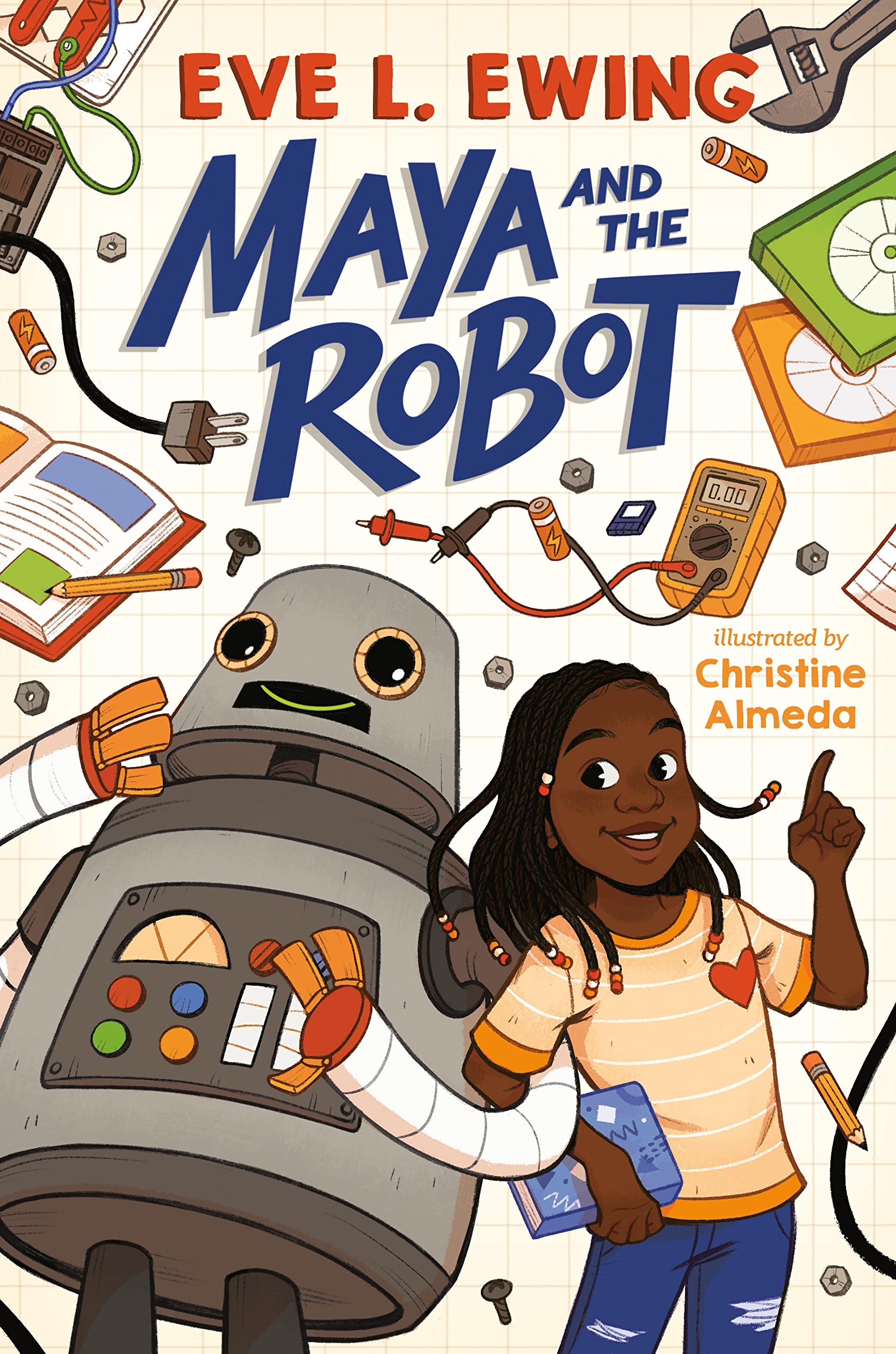School is hard, friends are complicated, and Maya is feeling lost. But a forgotten robot might be the key to helping her find her way.
Eve L. Ewing’s “Maya and the Robot” is a heartfelt middle-grade novel that blends STEM enthusiasm with relatable growing-up challenges. The story centers on Maya, a shy yet curious fifth-grader whose world feels upended when her best friends are placed in a different class. While helping at a local store, she discovers Ralph: a half-built robot abandoned by the owner’s son. Determined to prove her scientific skills, Maya repairs Ralph, using her knowledge of circuits and coding to bring him to life. But her triumph takes a chaotic turn when Ralph’s antics at the school science fair spiral into a pudding-flinging disaster, forcing Maya to confront setbacks and self-doubt.
“Maya and the Robot” is a standout choice for teaching SDG 9: Industry, Innovation, and Infrastructure, as it showcases how creativity and problem-solving drive technological progress. Maya’s journey mirrors the iterative process of innovation (tinkering, failing, and refining) which educators can highlight in STEM units on robotics or coding. Maya’s methodical troubleshooting and ethical decision-making, like balancing Ralph’s potential with responsible use, exemplifying being a Thinker and an Inquirer.
Teachers might pair this book with hands-on activities, such as designing low-tech “robots” from recyclables or debating the societal role of AI. Maya’s identity as a Black girl in STEM also offers representation rarely seen in tech narratives, inviting discussions on diversity in innovation. For social-emotional learning, Maya’s resilience after the science fair mishap models growth mindset, while Ralph’s role as an unconventional friend sparks conversations about technology’s impact on human connection. Whether used in science circles or literacy blocks, this book turns curiosity into a toolkit for tackling real-world challenges.

